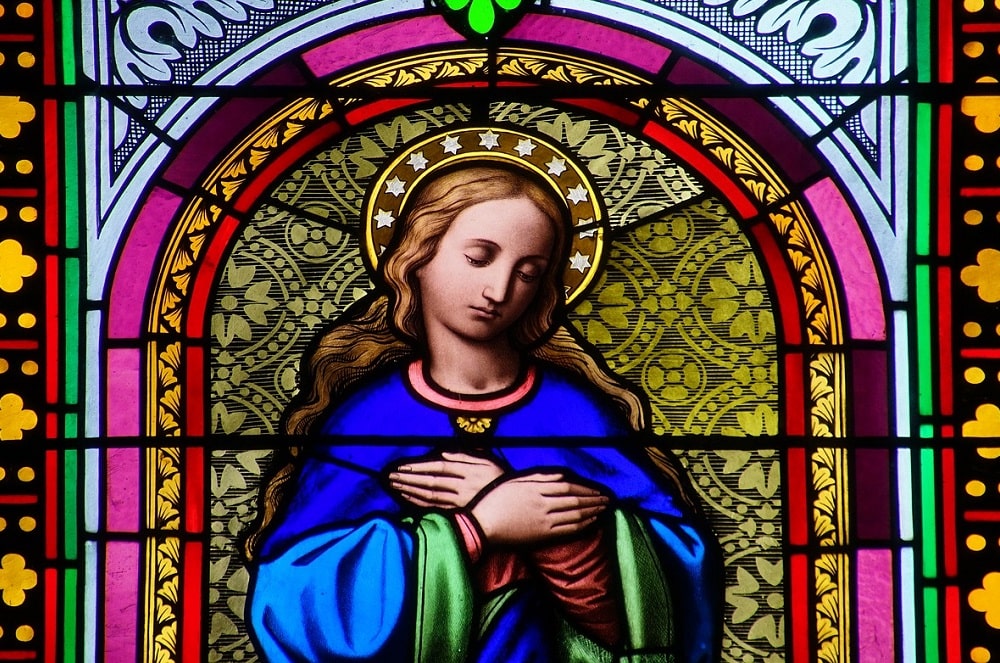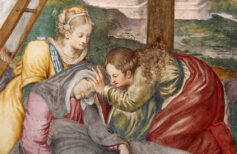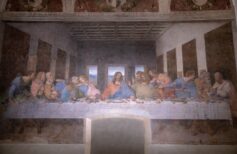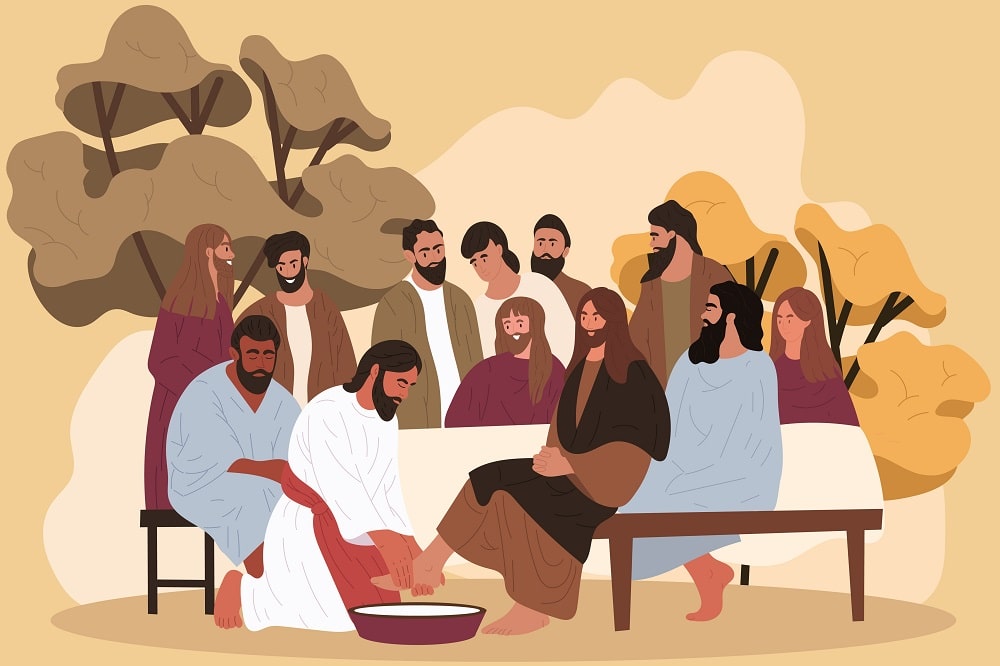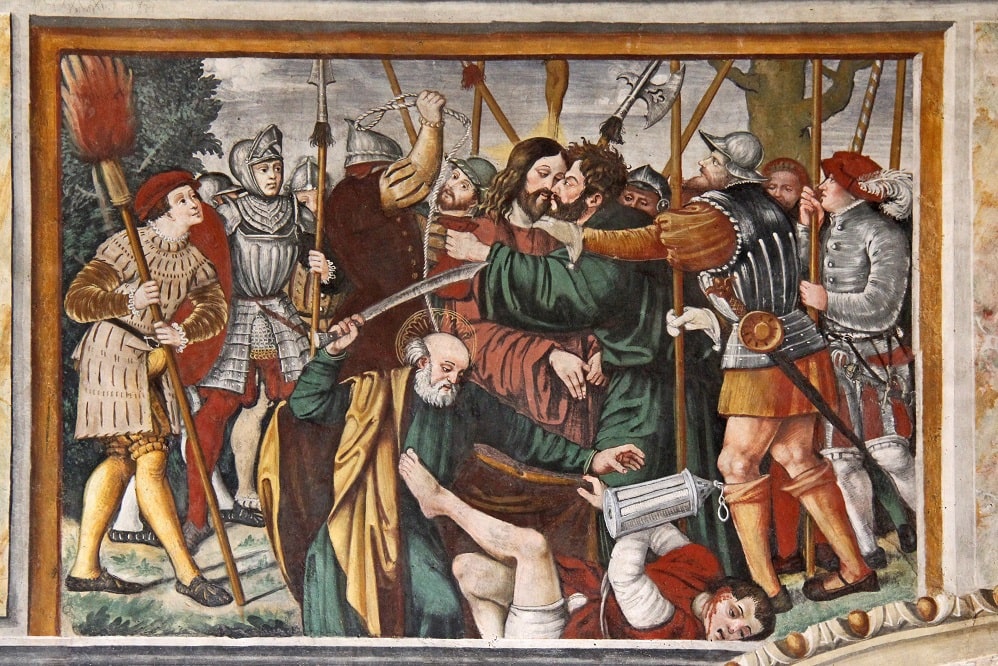Among the disciples, there were also several women. We know better Mary Magdalene, the apostle who left everything to follow Jesus.
Contents
Santa Maria Maddalena or Maria di Magdala, is a character who appears in the Gospels, but who over the centuries has assumed an increasingly articulated role and has enjoyed a controversial fame. Patroness of penitents is commemorated by the Church of the West and the East as one of the closest disciples to Jesus, linked to him by a deep relationship and a privileged bond in some ways even greater than that with the 12 apostles. Not surprisingly, she was the first to whom the Risen Christ appeared on Easter morning and addressed her by calling her by name.

Who were the 12 apostles and discover the difference between apostles and disciples
Who were the 12 apostles, companions of Jesus in the short span of his…
On the day dedicated to her, July 22, the Roman Missal provides as first reading a passage from the Song of Songs, which expresses all the love of Mary Magdalene and her eagerness not to find Jesus at the tomb.
“So says the bride:
On my bed, along the night, I sought
the love of my soul;
I sought it, but I did not find it.
I will get up and go around the city
in the streets and squares;
I want to seek the love of my soul.
I have looked for it, but I have not found it.
“Have you seen the love of my soul”.
I had just passed them,
when I found the love of my soul”. (Ct 3,1-4a)
But who really was this woman who lived alongside Jesus in the short time of his mortal mission, and who accompanied him to the Cross and beyond, living from afar the torment of the Passion, faithful, attentive, animated by an unshakeable love?

History of Mary Magdalene
In the Gospels appear three women close to Jesus, besides Mary, His mother: Mary of Bethany, her sister Martha (both were sisters of Lazarus) and Mary Magdalene. In the past, it happened that these three female figures were confused, superimposed and that the characteristics of one were attributed to the other, often with a completely erroneous interpretation.
Mary Magdalene the “penitent” was born in Magdala, a fishing village on the Lake of Tiberias, and this explains why she was also called Mary of Magdala. The appellation “Magdalene” could have been assigned to her later both for her origin and in recognition of her fervour and tenacity with which she remained at the side of the Master until the end. In fact Maddalena derives from the Hebrew magdal, “Tower”.
But Mary Magdalene is also known as an “apostle among the apostles” because she was the first to announce the Resurrection to the other apostles of Jesus, and “evangelist”, as the bearer of the Good News.
Tradition has it that Mary Magdalene began to follow Jesus after He had freed her from “seven demons”. As a sign of gratitude for having saved her, Mary Magdalene assisted Jesus with her own goods, as well as Susanna and Joan, as one of the women who assisted Jesus with their goods: “There were with him the Twelve and some women who had been healed of evil spirits and infirmities: Mary of Magdala, from whom seven demons had come out, Joan, wife of Cusa, administrator of Herod, Susanna and many others, who assisted them with their goods.” (Luke 8,2-3).
John shows it to us under the Cross together with the Virgin Mary and Saint John, and this being placed side by side with the sweet mother of Jesus and his beloved apostle makes us understand how great must be the love that linked Christ to Mary Magdalene: “At the cross of Jesus stood his mother, his mother’s sister, Mary of Cleophas and Mary of Magdala” (John 19,25-27).
After the death and Resurrection of Jesus Mary Magdalene perhaps went to live in Ephesus, as did Mary, mother of Jesus, and John.
Was Mary Magdalene a prostitute?
Although the popular tradition has wanted for centuries to attribute to her this profession, from which she would later be freed to redeem herself and follow Jesus, more recent studies have concluded that Mary Magdalene was not a prostitute. This belief is the result of several misunderstandings that have dragged on through time, to provide a distorted view of this figure. On the one hand the story of the “seven demons” that Jesus would have drawn from Mary Magdalene, on the other his erroneous identification with the anonymous sinner who washed Jesus’ feet with tears and perfumed oil at the home of the notable Pharisee and dried them with her hair (Lk 7:36-50).
Mary of Bethany, sister of Martha and Lazarus, also anointed Jesus’ feet with an expensive oil and wiped them with her hair, triggering the wrath of Judas (John 12:1-8), and once again the figure of Mary Magdalene overlaps and is confused with this other Mary. Moreover, in some apocryphal texts she is even confused with the Mother of Jesus!

The true story of Judas Iscariot: known for betraying the Messiah
Judas’ name is linked to the sad story of the apostle who betrayed Jesus.
Gospel of Mary Magdalene
We wrote that Mary Magdalene was “apostle of the apostles” and also “evangelist”. And indeed there is a Gospel of Mary Magdalene. It is part of the apocryphal gospels and is a Gnostic gospel, one of the texts elaborated by the philosophers-mystics of Alexandria, around the second century, theorists of Christian Gnosticism. According to the Gnostics the salvation of man passes through the realization that he is imperfect, as well as the world in which he lives, but God is, perfect and eternal, and sent into the world his emanations, Christ and Sophia (the Holy Spirit)in the persons of Jesus and Mary Magdalene. In the Gospel of Mary Magdalene, in fact, ample space is given to the importance of the latter, the beloved disciple of the Lord, in the great divine plan, so much so that only the Most High would have entrusted his higher teaching to her.

The apocryphal gospels: what differentiates them from the canonical ones
The apocryphal gospels are not part of the New Testament…
Then Mary rose, and greeted them all, and said to her brothers,
“Do not weep, do not be melancholy, nor indecisive. His Grace will be all with you and will protect you. We rather praise his greatness, for he has prepared us and made us men”.
Thus saying, Mary turned their minds to good, and they began to discuss the words of the Saviour.
Peter said to Mary, “Sister, we know that the Saviour loved you more than other women. Communicate to us the words of the Saviour that you remember, those that you know, but not us; those that we have not even heard”.
Mary answered and said: “What is hidden from you, I will tell you”.
Maddalena: meaning of the name and name day
The name day of Mary Magdalene falls on July 22, the day on which both the Catholic and the Orthodox Church remember Saint Mary Magdalene. It derives from the biblical Greek Μαγδαλήνη (Magdalene), “inhabitant of Magdala” but also from the Aramaic magdal, “Tower”. Magdala was a fishing village and was also known as the “fish tower”. Magda has been around since the Middle Ages.

